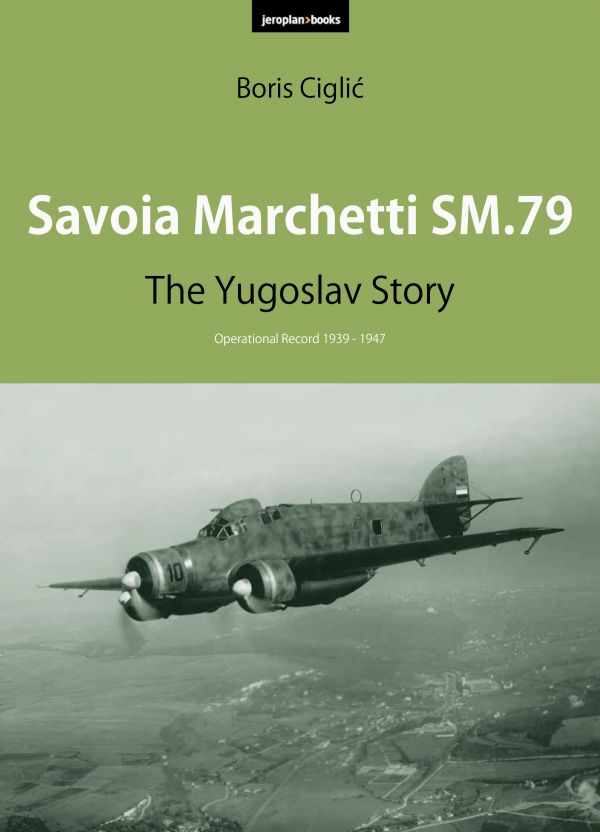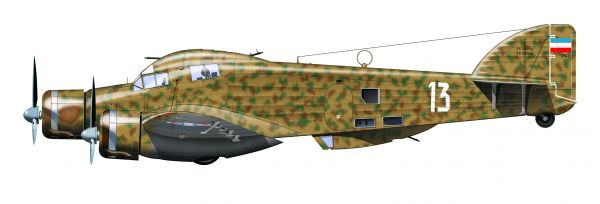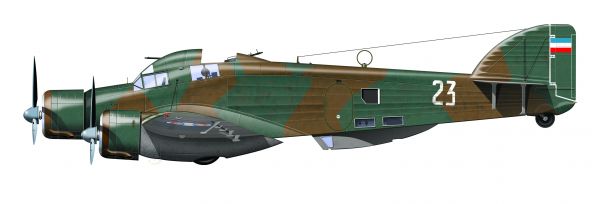Category: Savoia Marchetti SM.79: The Yugoslav Story
SAMPLE PAGES
CONTENTS
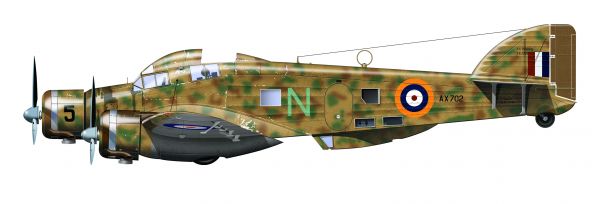
Foreword 5
Chapter 1: Italian Job
Troubled Kingdom 7
Sparviero Comes to Yugoslavia 8
Taming the Tri-motors 17
On the Doorstep of War 29
Chapter 2: The April War
Bombing the Axis 35
Getaway 42
Blame Games 59
Chapter 3: Under the Allied Banner
With Red Stars on the Eastern Front 61
Far and Away 63
Back in Egypt 69
Chapter 4: Croat Hunchbacks
The Lone Bird 71
Return of the Sparviero 72
Chapter 5: Settantanove Over the Balkans
In Hostile Skies 75
Yugoslav Battleground 77
Torpedo Bombers 78
The Hijack 80
Chapter 6: Camouflage and Markings
Vazduhoplovstvo vojske Kraljevine Jugoslavije 83
Voyenno-vozdushnye sily 85
Royal Air Force 85
Zrakoplovstvo Nezavisne Države Hrvatske 86
Regia Aeronautica 86
Aeronautica Nazionale Repubblicana 86
Regia Aeronautica (post-war) 88
Endnotes 89
Appendix 1: Commanding Officers of VVKJ SM.79I Units 90
Appendix 2: SM.79I Italian Military Serial Numbers & Production Numbers 90
Appendix 3: VVKJ SM.79I Escadrille Numbers & MIlitary Serial Numbers 90
Appendix 4: Reconstruction of VVKJ SM.79I Combat Log 91
Appendix 5: VVKJ SM.79I Losses 97
Appendix 6: Approximate Comparison of Ranks 98
Abbreviations 99
Selected Bibliography 100
Selected Archival Sources and Documents 100
Selected Internet Sources 100
Savoia Marchetti SM.79 in Color 101
INTRODUCTION
Beautiful and ugly, rugged and elegant, celebrated and underrated, Savoia Marchetti SM.79 was one of the greatest aircraft of it’s time. Sidelined by other, more famous and potent types, with a combat record unpretentious, it still left a colorful mark in Yugoslav military history. This book tells the story of the acquisition of the third modern bomber type in the inventory of the Royal Yugoslav Air Force, it’s peacetime service and the role it played during the April War in 1941. It uncovers in detail the fate of the Yugoslav tri-motors which escaped to the Soviet Union and Middle East, where they were pressed into service by their new owners and with new markings. It describes the operations of the few aircraft in the inventory of the air arm of the puppet Independent State of Croatia, used both as bombers against Partisans and transports in the final stages of the war. It chronicles the episodes played by the iconic aircraft with three different Italian air forces, beginning with incursions during the Greek campaign and the assault on Yugoslavia, long-range flights of torpedo bombers at the time of changed fortunes of war, and ending with bizarre defection in 1946. Illustrated with 22 aircraft profiles and 125 photographs, many of which are published for the first time, this book represents the result of decades of painstaking research. It is drawn from archival sources, interviews and personal recollections, as well as documents and artifacts from private collections in Serbia, Croatia, Italy, Russia, South Africa, Netherlands, Hungary, Slovenia and United Kingdom.
ABOUT THE BOOK
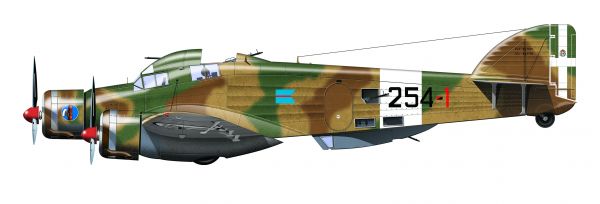
Aircraft Profiles and Artwork:
Goran Sudar
Graphic Design:
Unibrand Communications d.o.o.
Format: 290 x 210 mm
108 pages
127 photographs
30 aircraft profiles
Paperback
Released on 21 November 2020
ISBN: 978-86-909727-5-3
ⓒ 2020 All rights reserved by Boris Ciglić
ORDERING DETAILS
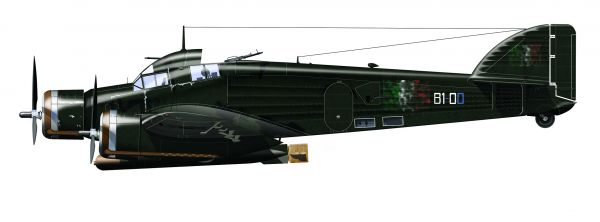
Publisher’s price: 23,00 EUR
Shipment costs for European countries:
Registered air mail – 10,90 EUR
Unregistered surface mail – 8,00 EUR
Shipment costs for overseas countries:
Registered air mail – 12,90 EUR
Unregistered surface mail – 8,00 EUR
Payment methods:
Bank wire transfer (please e-mail us for instructions)
Paypal: ![]()
For any enquiry please contact us at![]()
